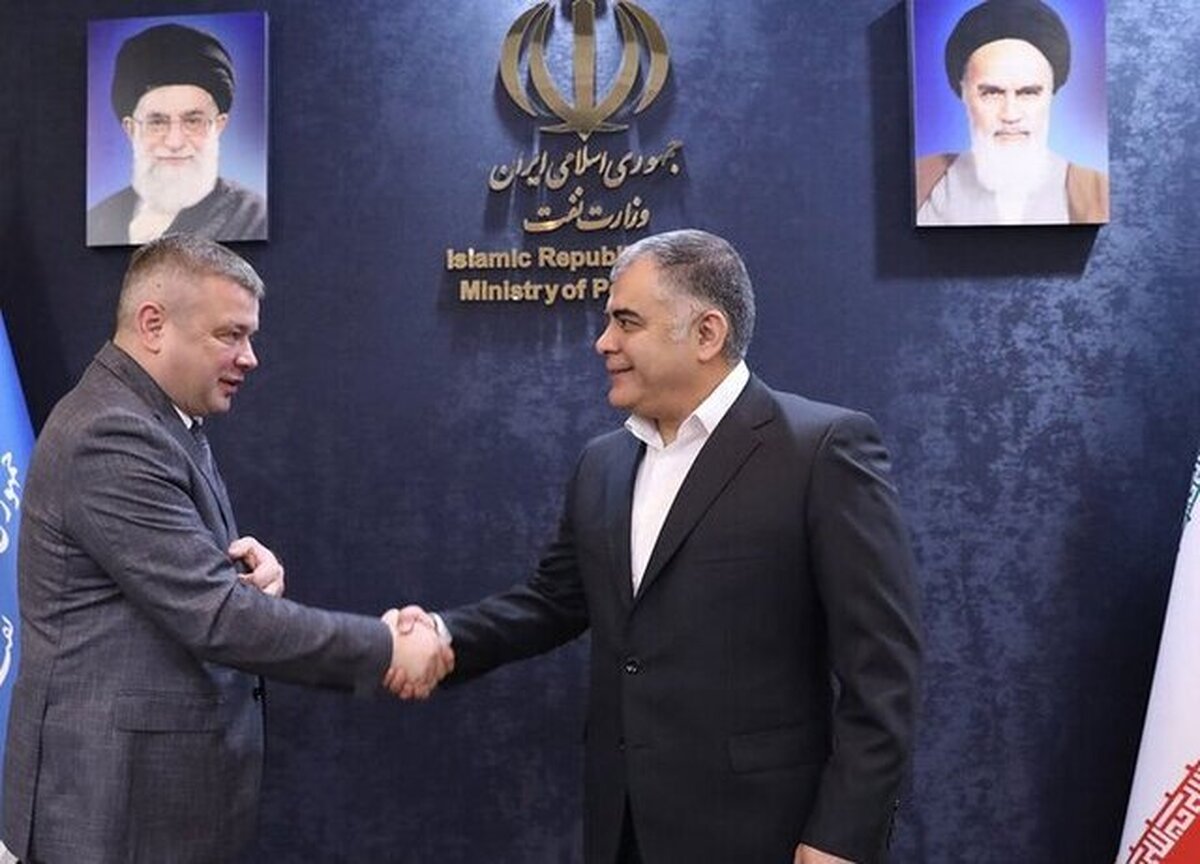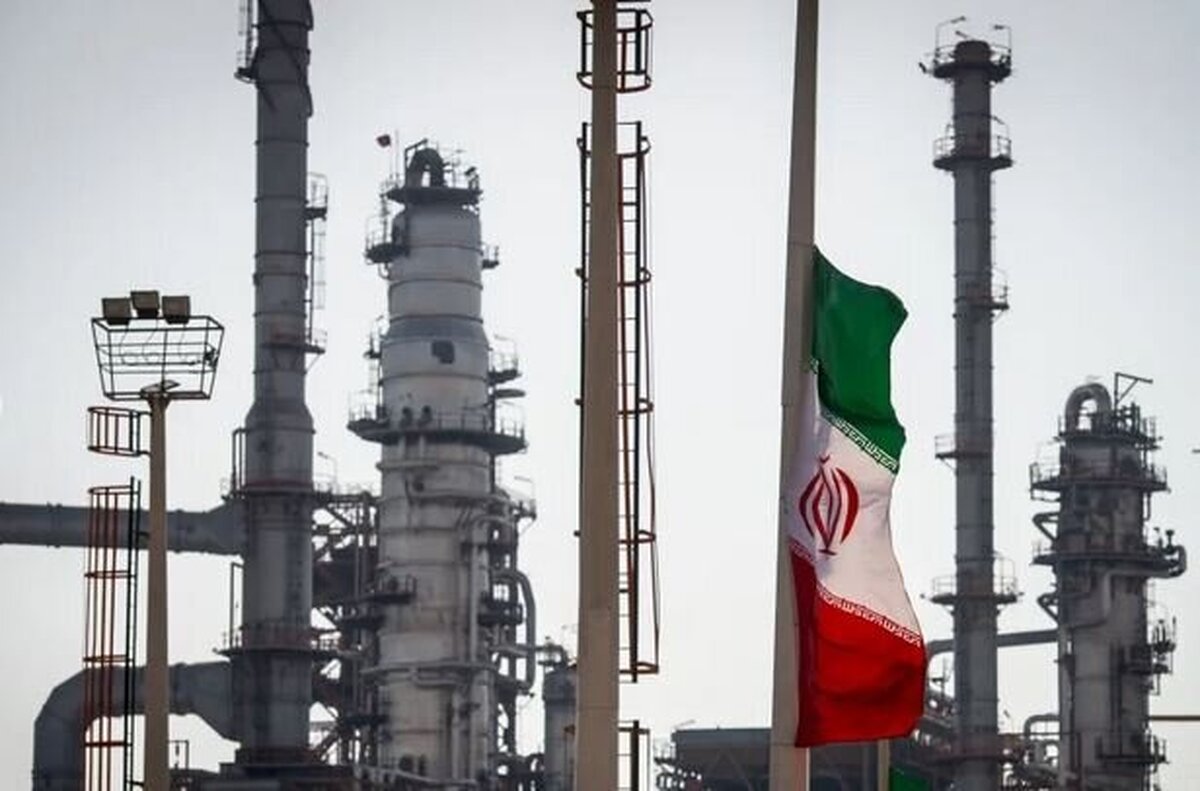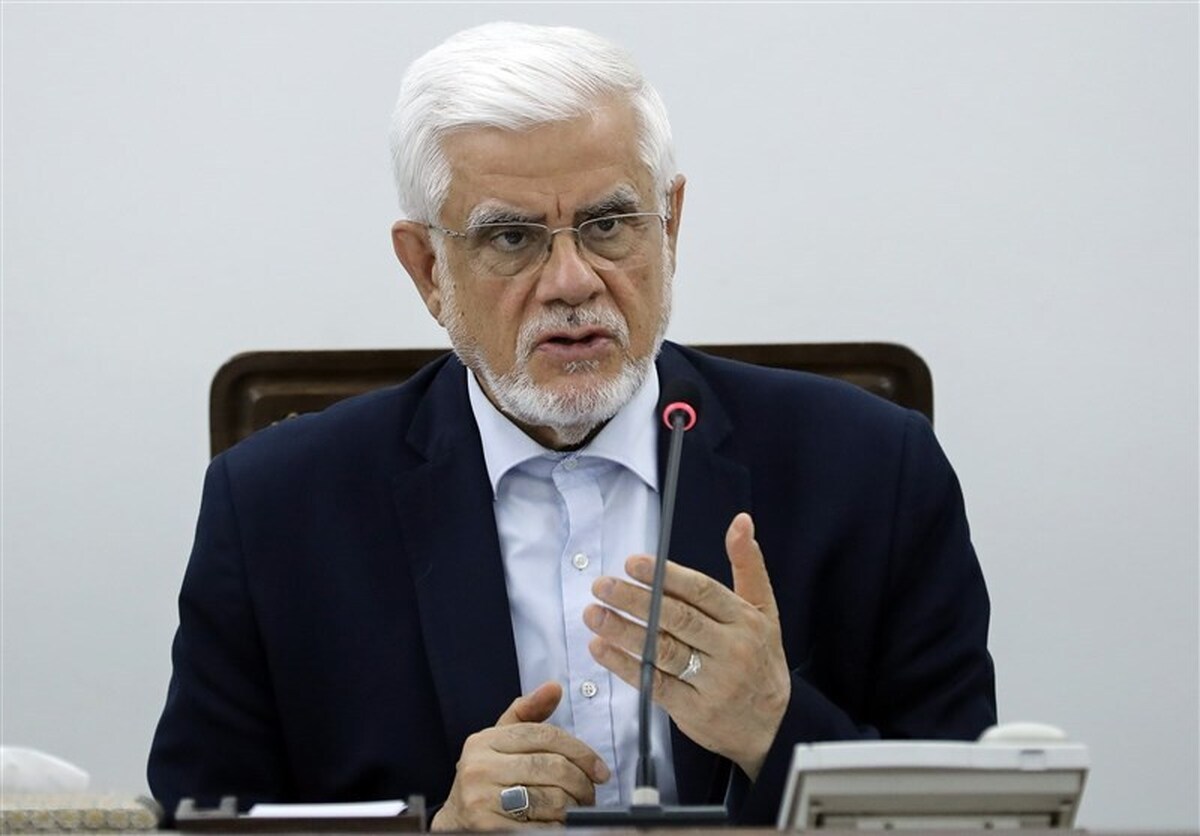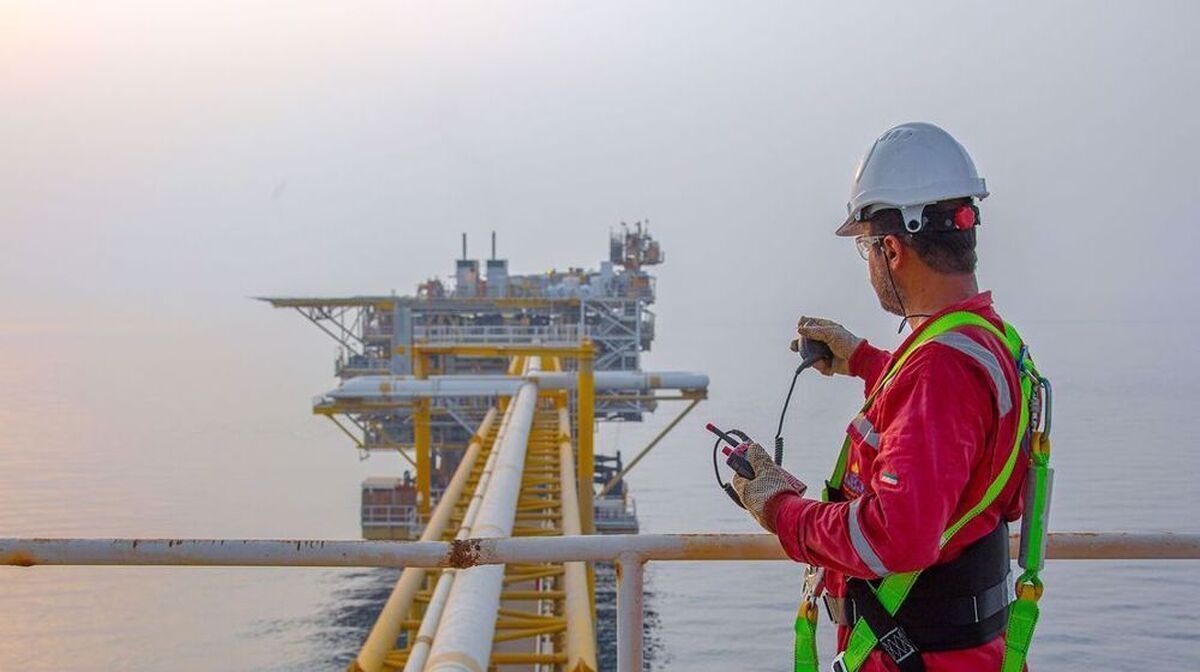
Iran’s strategic plan to establish a gas bloc

Iran is pushing for a major shift in the global gas market, aiming to give producers more power in a world where energy is increasingly political.
At the 27th ministerial meeting of the Gas Exporting Countries Forum (GECF), Iran’s Petroleum Minister Mohsen Paknejad said that Tehran’s proposal to turn the forum into the “Organization of Gas Exporting Countries” (OGEC) has been well received.
The idea, first raised at the 2024 Doha meeting and followed up in Tehran in 2025, could create a gas bloc with influence similar to OPEC, which has long shaped global oil markets.
The move comes at a time of big changes in the energy world. Since the war in Ukraine and the resulting Western sanctions, natural gas has moved from being viewed as a short-term stopgap to a crucial energy source for maintaining security, particularly in Europe and Asia.
Iran and Russia, who together hold more than 40% of the world’s gas reserves, see this as a chance to push for a stronger role in global markets. They believe that staying passive would leave producers vulnerable to pressure from major consumers and market swings.
Iran’s plan is both economic and political. The country argues that gas should no longer just support Western climate policies; rather, it should be at the center of the energy transition.
If gas is crucial for European and Asian energy security, producers should have a say in how the market operates. By creating a legally binding organization, Iran wants gas to move from being a reactive commodity influenced by geopolitics to one with independent regulatory power.
Today, the GECF mainly functions as a discussion forum. Its recommendations are non-binding and decisions are made by consensus, so members can ignore them. That has limited its ability to respond effectively in times of crisis, such as sudden supply shortages or strategic market shifts.
OGEC, on the other hand, would require members to follow decisions approved by a qualified majority, giving the group real decision-making power.
Part of the plan also involves creating new economic cooperation models to protect against sanctions. At the Tehran summit, Iran proposed joint investment working groups for major gas projects.
The idea is simple: if Iran, Russia, and China all invest in a project like the third phase of South Pars, every dollar is considered joint ownership. This makes sanctions against one country riskier, as they could disrupt the whole multinational project.
Such collaboration spreads risk, accelerates the development of pipelines and LNG projects, and encourages investment in downstream industries like refining and petrochemicals. It also reduces reliance on Western banks and helps secure technology through regional development banks.
Iran’s vision goes beyond economics. By coordinating with Russia, Qatar, China, and India, Tehran hopes to create a Eurasian gas bloc capable of influencing supply, stabilizing prices, and negotiating from a position of strength. Gas could shift from being a commodity that reacts to market pressures to a tool that shapes global energy policy.
Another key aspect of the plan is positioning gas as a central part of the green energy transition. Minister Paknejad has emphasized that natural gas is the cleanest fossil fuel and a pillar of sustainable development.
By framing gas as a bridge fuel that can balance renewable energy’s ups and downs, Iran challenges Western calls for rapid fossil fuel phase-outs. The strategy is about securing gas as a reliable energy source while supporting the transition to cleaner power.
The proposed OGEC model mirrors the path OPEC took in the 1960s. Back then, OPEC moved from a loose discussion group to a legally empowered body that could coordinate production and influence prices, taking control from multinational oil companies.
Iran hopes OGEC can do the same for gas: protect producers’ interests, stabilize markets, and strengthen long-term planning.
If implemented, OGEC could have a big impact on global energy markets. Coordinated policies and investment could reduce uncertainty for large-scale projects, accelerate infrastructure development, and give producers a stronger voice in international energy decisions.
For consumers, it might mean more predictable supply, but also a new reality where producers can exert political leverage over global energy flows.
Geopolitically, the move reflects Iran’s understanding that energy is inseparable from national security. By tying member countries’ interests together through joint projects and shared investments, the bloc could make gas a strategic lever in global politics.
Iran’s approach relies on its large reserves, strategic location, and experience under sanctions to create a governance model focused on collective strength rather than individual vulnerability.
At its heart, Iran’s proposal is about more than just gas; it’s about redefining power in global energy markets.
By institutionalizing cooperation, creating joint investment frameworks, and keeping gas central to the energy transition, Tehran aims to shift influence back to producers.
OGEC could become a major actor in global energy, shaping markets, guiding investment, and turning gas into a tool of strategic influence.
If Iran’s plan succeeds, the 2026 summit could mark the start of a new era for global energy, changing the economics and geopolitics of gas for decades to come./isna




